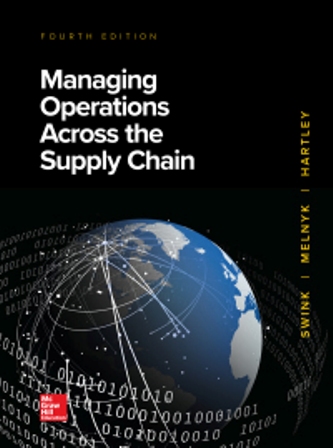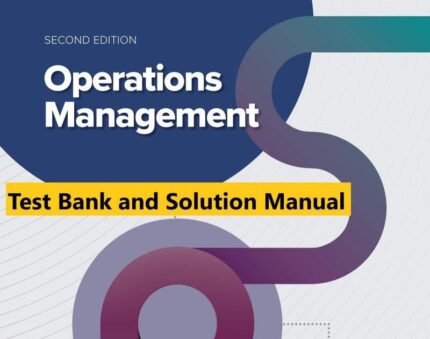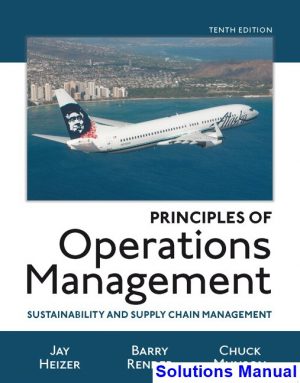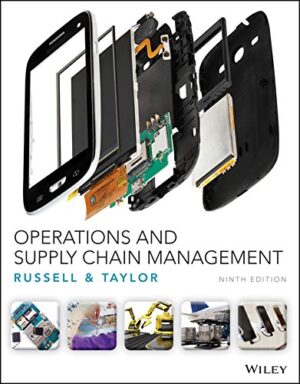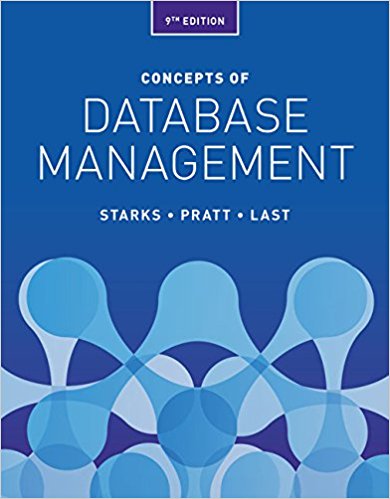Solution Manual for Managing Operations Across the Supply Chain 4th Edition by Swink
Chapter 1
Introduction to Managing Operations Across the Supply Chain
Suggested Answers to Discussion Questions
- Review Fortune magazine’s “Most Admired” American companies for 1959, 1979, 1999, and the most current year. (The issue normally appears in August each year.) Which companies have remained on the top throughout this period? Which ones have disappeared? What do you think led to the survival or demise of these companies?
The companies that have stayed on top throughout this period are Southwest, Berkshire Hathaway, and Proctor and Gamble. UPS, Coca Cola, and GE were some of the companies that disappeared. The companies that were able to stay at the top of the list were the ones able to deal with major changes in the industry easily. In order to stay afloat in harder times, they were managed by people who understood operations management; they had a winning value proposition that was continually revitalized by the introduction of new products and services. The companies that did not stay at the top unable to make the necessary changes so easily; perhaps their operations management was not at the caliber of the other companies able to stay at the top of the list.
- Select two products that you have recently purchased; one should be a service and the other a manufactured good. Think about the process that you used to make the decision to purchase each item. What product characteristics were most important to you? What operational activities determine these characteristics?
Student answers to this question will vary. The following is an example from one student: “Two products I have recently purchased were a sweater and a haircut. The process I used to make the decision to purchase the sweater was trying on the sweater in different colors, contemplating the purchase at home, waiting for sweater to go on sale, and then purchasing it. The process I used to make the decision about where to get my haircut included researching pictures of how I wanted my hair to look, asking advice about where to go from friends, researching online for reviews about stylists, and getting my haircut by that stylist. I wanted to make sure both products were going to satisfy me enough so that I wouldn’t regret either purchase. I had to be comfortable with both my sweater and my new hair style, luckily I was! I also wanted both my sweater and my hair style to last for a while to make them worth the cost. The operational activities that determine these characteristics are the manufacturing, shipping and selling the sweater in stores. If the sweater was poorly made and didn’t fit correctly, I would not have purchased it. If it was not available (on the shelf) I could not have purchased it. The operational activities that determine the characteristics of my hairstyle are the stylist arriving to work on time for my appointment, washing, cutting and blow drying my hair in a way that I was expecting (having sufficient capacity so that I did not have to wait too long). Since my hair was cut and styled the way I requested, I will be returning to that hair stylist.
- What are the primary operations management decisions in each of the following corporations?

